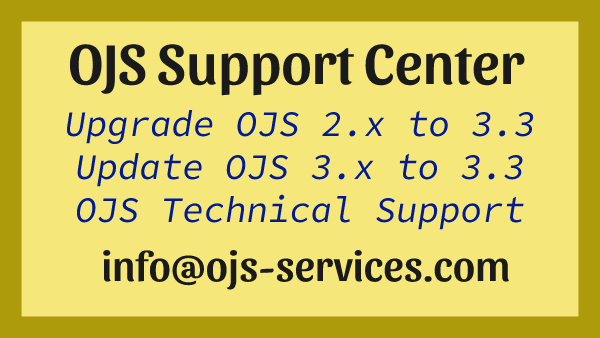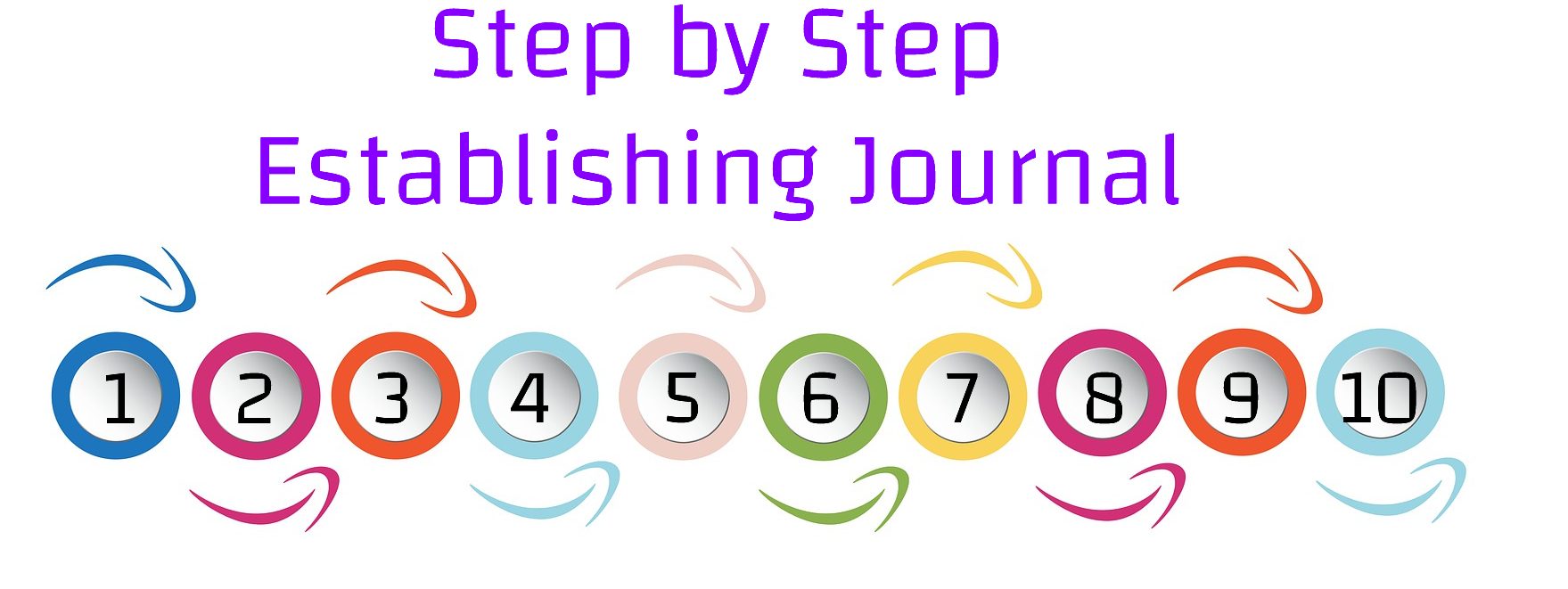Starting a new academic journal is exciting, but it also involves several technical and administrative steps. One of the most crucial steps is getting your journal indexed in reputable databases. Indexing significantly enhances your journal’s visibility in the academic community and increases the likelihood of your articles reaching a wider audience. However, the process can seem complicated, especially for new journal founders. In this post, we’ll explain how indexing works and what you need to do to ensure a successful application.
1. The Importance of Indexing
Being indexed is vital for the academic credibility and reputation of a journal. Articles published in indexed journals are more likely to be noticed and cited by other researchers, contributing to their scholarly impact. Additionally, increasing your journal’s visibility in this way can attract more authors, reviewers, and readers to your publication.
2. Google Scholar: The First Step
Google Scholar is one of the most widely used and accessible indexing platforms for academic journals. Unlike other databases, you don’t need to submit an application to be included in Google Scholar; your articles are usually indexed automatically after they’re published. In systems like OJS (Open Journal Systems), there are specific plugins that integrate with Google Scholar, allowing your articles to appear in the index within a week of publication. However, aside from Google Scholar, many other indexes exist, each with its own requirements and benefits.
3. Other Indexes and Their Criteria
Unlike Google Scholar, getting indexed in more prestigious databases requires a formal application process, and each index has specific criteria. These criteria may depend on your journal’s publication history, article quality, and overall structure. Here are a few common requirements:
- Minimum Publication Time: Some academic indexes require your journal to have been publishing regularly for at least two years before you can apply. This ensures that your journal has established a track record of academic output.
- Number of Issues and Articles: Some indexes require that your journal has published at least two issues or a total of ten articles. This demonstrates the journal’s regular operations and substantial academic content.
- Quality of Publications and Citations: Major indexes consider the scientific quality of your articles and how frequently they are cited. The transparency and rigor of your peer-review process, editorial oversight, originality, and the scholarly contribution of your articles are key factors.
- Copyright and Licensing Information: To be indexed, it’s important that your journal transparently communicates its copyright and licensing terms. Using open-access licenses like Creative Commons can increase your chances of being accepted, especially in open-access indexes.
4. Which Indexes Should You Apply To?
As a new journal, it makes sense to start with basic indexes like Google Scholar. As your journal grows and the quality of your publications improves, you can aim to apply to more prestigious indexes. As you regularly publish more content, receive citations, and maintain high academic standards, you’ll be in a strong position to apply to major indexes. Below is a list of indexes you may consider, organized from smaller/basic indexes to larger, more prestigious ones:
- Google Scholar: One of the most widely used and easily accessible academic indexes. Your articles can be automatically indexed without a formal application.
- DOAJ (Directory of Open Access Journals): A key index for open-access journals. Being listed in DOAJ signifies that your journal meets certain standards of openness and quality.
- Index Copernicus: Particularly important for journals based in Europe, this index evaluates the scientific performance of journals and can increase your international visibility.
- ERIC (Education Resources Information Center): An essential index for journals in the field of education, offering significant exposure to educational researchers and institutions.
- SciELO (Scientific Electronic Library Online): A prominent platform for open-access journals, especially in Latin America, promoting scientific research in multiple fields.
- EBSCO: A comprehensive academic database that covers multiple disciplines, increasing your journal’s international reach and visibility.
- JSTOR: Highly prestigious in the humanities and social sciences, being indexed in JSTOR signifies that your journal is recognized for its academic excellence in these fields.
- ProQuest: A wide-ranging database that indexes academic articles across disciplines, giving your journal more exposure in fields like social sciences, natural sciences, and humanities.
- PubMed/MEDLINE: A premier index for medical and biomedical journals. Being listed in PubMed/MEDLINE substantially boosts your journal’s scientific impact in the health and life sciences.
- Scopus (Elsevier): One of the largest and most prestigious multidisciplinary databases. Scopus focuses on high-impact journals that demonstrate rigorous peer review and scholarly significance.
- Web of Science (Clarivate Analytics): The gold standard for academic indexing. Journals listed in Web of Science are among the most prestigious, and the platform includes several sub-indexes:
- SCI (Science Citation Index): The most important index for journals in the natural sciences.
- SCI Expanded (Science Citation Index Expanded): Covers a broader range of scientific journals beyond SCI, tracking citation impact.
- SSCI (Social Sciences Citation Index): The go-to index for journals in the social sciences.
- AHCI (Arts & Humanities Citation Index): A prestigious index for journals in the arts and humanities.
5. Application Process and Follow-Up
Once you apply to these indexes, it may take some time to receive a response. The evaluation process varies for each index: some may get back to you within a few months, while others may take up to a year. If your application is rejected, carefully review the criteria and feedback provided, make necessary adjustments to your journal, and try again.
6. Preparing Your Journal for Indexing (Detailed information here)
To improve your chances of a successful indexing application, consistently maintain the quality of your journal’s publications, peer-review processes, and transparency. Here are a few key tips:
- Article Quality: Ensure that the articles you publish offer original research and contribute to their respective fields.
- Peer Review Process: Make sure that your peer-review process is rigorous, fair, and transparent. Articles should go through a thorough evaluation by expert reviewers.
- Transparency and Open Access: Be clear about your copyright and licensing terms. Open access policies can significantly enhance the visibility and citation potential of your articles.
Conclusion
The process of getting an academic journal indexed requires patience and diligence. While it’s easy to start with Google Scholar, being listed in more prestigious indexes can take time. By focusing on quality, consistency, and meeting the specific criteria of each index, you can ensure that your journal will grow in stature and credibility over time.
You may also be interested in
Preparing Your Journal for Indexing: Essential Factors for Journal Owners
Causes and Solutions for Articles Not Indexed on Google Scholar
Key Considerations Before Submitting Your Journal to DOAJ Index



Comments are closed